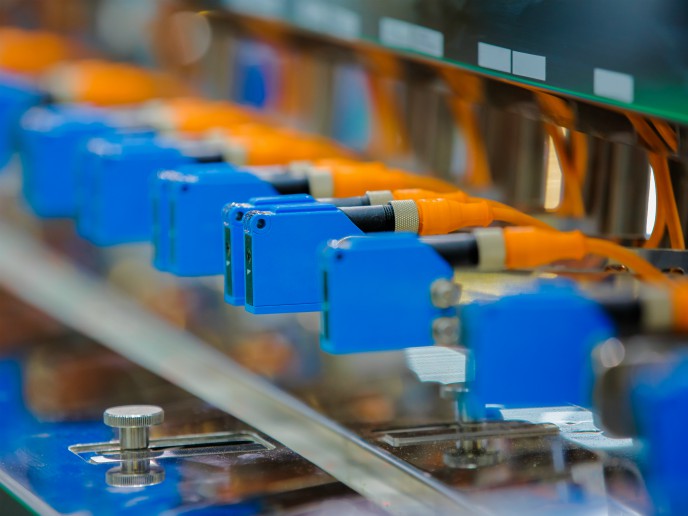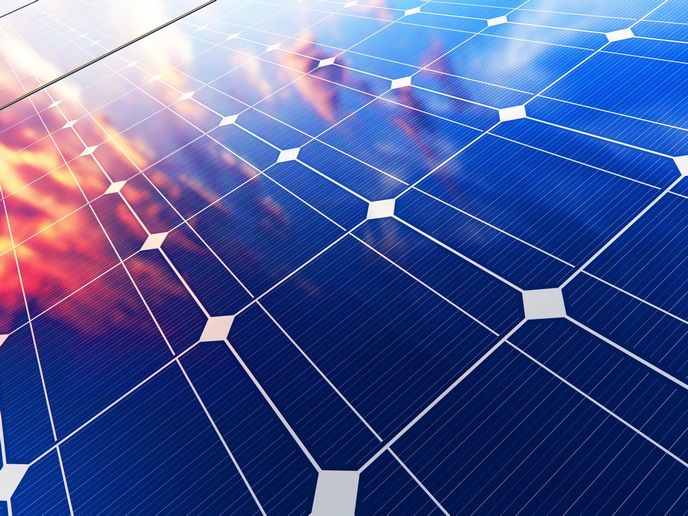An autonomous future relies on reusing waste heat
Rising interest in artificial intelligence has put a spotlight on autonomous and self-powered low-power electronic devices. As a by-product of all thermodynamic processes, waste heat is a valuable untapped source of energy. Pyroelectric materials can exploit this waste heat and convert it to useable electrical power. “Due to the complexity of developing new, low-temperature pyroelectric harvesting materials, and the poor mechanical properties of single crystals, the applications are currently limited,” explains HEAPPs project director Professor Chris Bowen. The EU-funded HEAPPs initiative set out to address those limitations by developing new, high-quality pyroelectric materials with high operating temperature and good mechanical properties. The researchers developed the materials by paying close attention to some important physical properties of pyroelectric materials. Pyroelectric harvesting “The aim was to develop new materials with high pyroelectric coefficient, coupled with low permittivity and thermal capacitance, to achieve good-quality pyroelectric harvesting,” says Prof. Bowen. The researchers understood that they had to use porosity to decrease permittivity and thermal capacitance, which would then work to decrease the pyroelectric coefficient. “Understanding this complex relationship between these properties has allowed us to develop a novel pyroelectric material,” notes the Professor. Important requirements in pyroelectric harvesting are a high pyroelectric coefficient, high strength, a low dielectric constant and low dielectric loss. The team used a method called ‘ice templating’ to produce a cheap and strong aligned pore structure. They ran into some challenges, including the aligned pore structure causing the properties of the pyroelectric material to vary greatly. Project members, including Dr Yan Zhang, developed a material that produced pyroelectric energy that is relatively small in the microwatt scale, which was unexpected since there was little fluctuation in temperature. “We are now trying to use this approach in applications where there are no other sources of energy for low-power electronics,” reveals Prof. Bowen. New paths to hydrogen production This material also opens opportunities for new ways to produce hydrogen, as the pyroelectric effect can be used with variations in time and temperature to produce hydrogen from waste heat. “Since coupling energy-harvesting devices to electrochemical systems is becoming a hot topic, we are aiming to explore pyroelectrocatalytic water splitting to produce hydrogen.” Prof. Bowen views pyroelectric energy harvesting from the ambient environment as a highly promising technology for the future of autonomous and self-powered electronics devices. This brings with it the potential to combine an active energy-harvesting material with storage in batteries for applications such as wastewater treatment.







